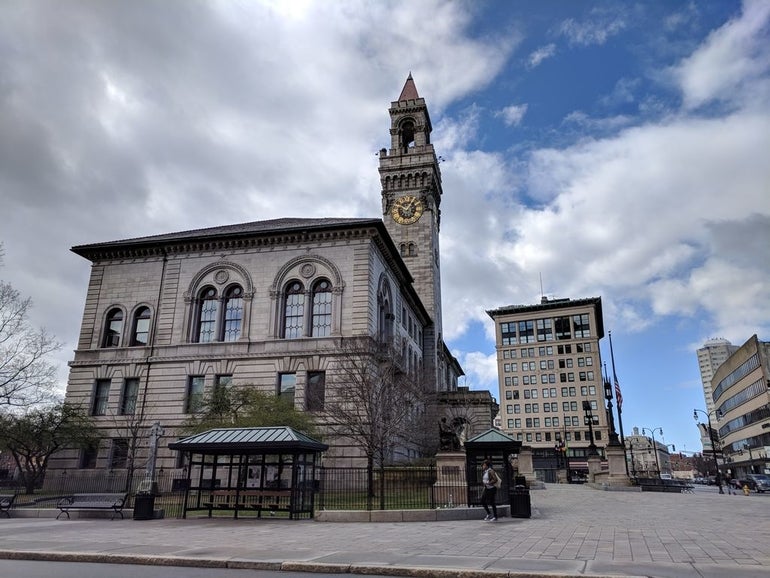Neighborhoods making up much of Worcester, Fitchburg, Leominster and seven other Central Massachusetts communities are in line to be designated as areas where individuals can gain favorable tax treatment by investing into economic activities in those areas.
The program, which is part of the new federal tax plan, is meant to spur investment in areas of the state left behind in the economic expansion.
Parts of 11 Central Massachusetts communities in total are included. Along with Worcester, Fitchburg and Leominster are Athol, Clinton, Framingham, Gardner, Marlborough, Southbridge, Spencer and Webster.
Census tracks in each of those cities and towns and others across Massachusetts were forwarded this week to U.S. Treasury officials for approval, which is expected within a month.
The Opportunity Zone Program was created last year through federal legislation aimed at spurring investment in lower-income census tracts. Each state’s governor has the authority to designate 25 percent of that state’s poorer census tracks as opportunity zones. Those who reinvest unrealized capital gains into designated funds to invest in properties in opportunity zones are eligible to have their taxes on capital gains deferred or waived entirely if an investment is held for 10 years or more.
Gov. Charlie Baker submitted 138 opportunity zones, the maximum amount of the state’s 581 eligible tracts. Of those submitted, 32 are in the 10 lowest-income communities, and nearly half are in gateway cities, such as Worcester and Fitchburg. Nearly one in five are in rural areas.
The federal legislation creating the Opportunity Zone Program was the tax cut initiated by the Trump Administration. Potential investment in those zones is estimated at $6.1 trillion, according to the program.
Anyone can invest in the program, whether or not they live in one of the designated zones. Someone who invests in one of the funds receives a certificate later submitted with tax returns.

